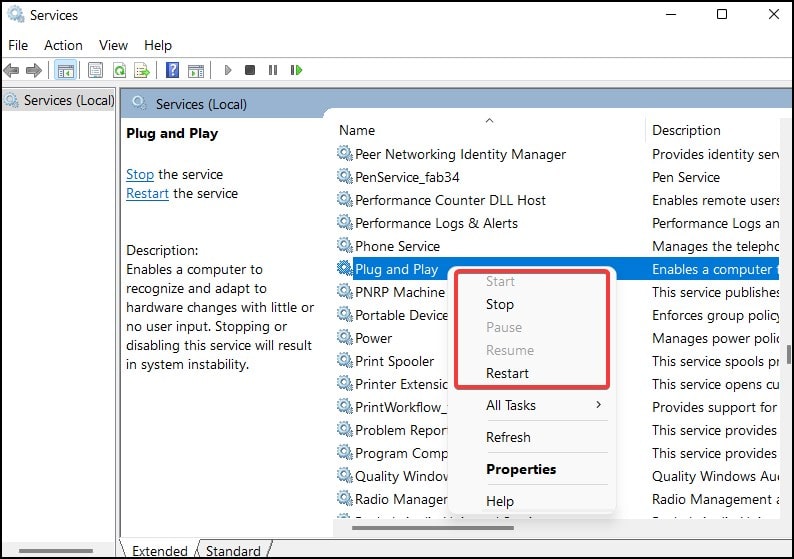

- #SSD NOT SHOWING UP IN DISK MANAGER DRIVERS#
- #SSD NOT SHOWING UP IN DISK MANAGER UPDATE#
- #SSD NOT SHOWING UP IN DISK MANAGER DRIVER#
- #SSD NOT SHOWING UP IN DISK MANAGER UPGRADE#
Press Windows + I to open the Settings menu. #SSD NOT SHOWING UP IN DISK MANAGER DRIVER#
To fix this, you will need to download the latest driver update.
#SSD NOT SHOWING UP IN DISK MANAGER DRIVERS#
Outdated drivers can also trigger the mentioned problem.
#SSD NOT SHOWING UP IN DISK MANAGER UPDATE#
Read: Unknown Not initialized, Unable to initialize disk 4]Download the latest driver update Restart the system and check if the problem still persists.
Click the drop-down menu and choose your preferred SSD drive letter. And click Change if the drive letter has already been assigned. Choose the Add option if the drive letter is not already assigned. Right-click on the problematic SSD and choose Change Drive Letter and Paths. Go to Start menu > Create and format hard disk partitions. To do this, here are the steps to follow. Luckily, you can do the process manually. But if Windows has not assigned any letter to the SSD, it will not be recognized by the system. The letter that will be assigned to a drive depends on the number of drives inserted into the system. Whenever you insert a new drive into the system, Windows automatically gives it a name after the letter C. Read: Unable to mount the file, the disk image is not initialized 3]Change drive letter and paths Now restart your system and check whether this system recognizes the SSD or not. Choose the file system as NTFSand click Next. In the next window, make sure that Maximum disk space is similar to the Single volume size. Click the Next option in the New Simple Volume wizard window. Right click on it again and choose New simple volume. The problematic SSD is now initialized. To choose GPT (GUID Partition Table) as the partition style, then click OK. Right-click on the problematic drive (it will be represented using a black colored bar), and choose the Initialize Disk option. Type Create and format hard disk partitions and press enter. Press the Windows key to open the Start menu. Either way, you’ll need to create a new volume to fix the problem. Also, Windows will also not recognize the drive if it has not been initialized. In this case, Windows 11 will not recognize the drive. 2]Initialize the driveĪn old disk, whether it is a hard drive, SSD or USB drive, can get corrupted due to unavoidable reasons. Below are all the technical fixes you need to follow. However, if the other system also fails to recognize the SSD, it indicates that the drive needs a technical solution. In such a case, there is not much you can do other than have it repaired by a professional. If this system recognizes the SSD, it indicates that there is a problem with the USB port of your main system. If not, remove the SSD and connect it to any other system. Once connected, check whether the system recognizes the drive or not. You can even clean the computer port before reconnecting the SSD. To fix this, reconnect the SSD to the port. This situation mainly occurs if you are using an external SSD. The very first reason why Windows 11 is not able to recognize SSD can be a loose connection. Let us now see all these solutions in detail. If your Windows 11/10 computer does not recognize the SSD (Solid State Drive) and it does not show up in BIOS or Disk Management, the following suggestions may help: SSD not showing up in Disk Management or BIOS 
But the real problem arises when it doesn’t. However, some users reported that Windows 11 or Windows 10 does not recognize SSD.īy default, Windows is designed to automatically recognize any external drive, including SSD, that you insert into the system. It is relatively faster and is one of the best ways to increase the performance of a system.

#SSD NOT SHOWING UP IN DISK MANAGER UPGRADE#
The solid state drive (SSD) is a great upgrade over the hard disk drive (HDD).







 0 kommentar(er)
0 kommentar(er)
